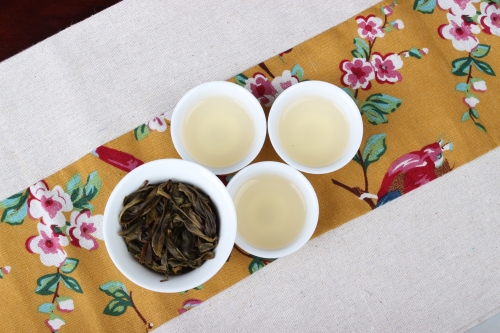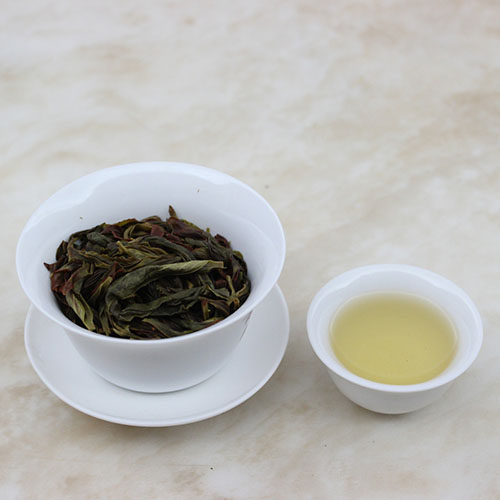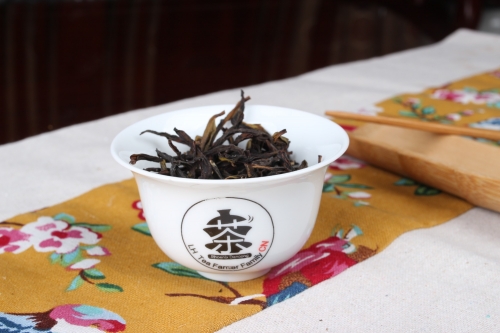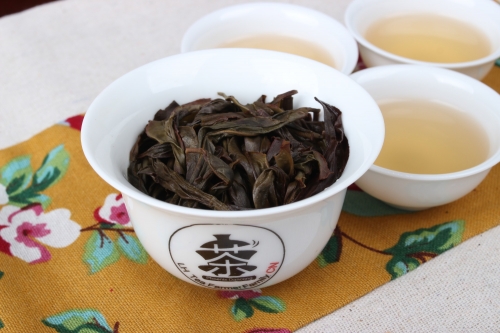Brewing
We suggest to brew gongfu style to gain the best out of the tea.
-Use 3-5g per 100mL.
-Use boiling water (100C) for the rinse and first infusion.
-Use under boiling (95C) for the next 3 infusions.
-Use 90C when the leaves have opened up entirely.
Teaware
A thin porcelain gaiwan or a zhuni clay pot is your best bet. The thinner teawares retain the fragrance well; zhuni clay is a thinner type of clay.
About our farm
Our farm is based in Wudong village, Chaozhou, China. Wudong village is far from the hustle and bustle of the city, away from pollution. Our family has been on this farm for the past 80 years, crafting the best dancong. We mostly sell to people in China, but we believe that the rest of the world needs to know what true tea is like! If you have any questions, feel free to email us at 13539809549@163.com
To ensure maximum quality, we only harvest our leaves four times a year. Our older bush teas (luxury teas) are harvested once a year.
Our Spring and Winter harvest are the best due to the low temperatures.
Our farm is at an else
1 We handpick all of our leaves, careful to pick only the optimum leaves. We pick 1 bud+1-2 leaves
2 Then, we sun wither the leaves. This is a carefully timed process and depends fully on the sun.
3 Then comes the indoor withering. We then bring the leaves indoors to cool them now.
4 After the cooling, they are layed on large bamboo sieves. They are then tossed vigerously to “dance” the leaves, done 5-8 times. This process softens the edges which draws out more flavors.
5 The oxidation part is next, done in an air conditioned environment. The dancong leaves are partially fermented in a large pile overnight. In the morning it is then fired at 180 degrees.
6 The leaves are then fixed to a temperature of 230 degrees.
7 At this step, the leaves are ready to take on their distinct shape. The leaves are rolled continuously; this crushes the leaves but doesn’t break them. This releases the oils out of the leaves which give it the “dancong taste.”
8 A machine then takes the job of rolling the leaves out of clumps and into individual leaves.
9 The dancong leaves are back in the oven, dehydrating the leaves. This step is done in a wood fired oven, giving the floral taste.
10 We then meticulously check every leaf to make sure it is of upmost quality. We take out all the old leaves and stems.
11 The leaves are ready to be roasted. The dancong maocha is roasted for 10 hours by charcoal roasters, checked every hour or so. This process must be carefully watched.
12 It is finally done! We package our fresh dancong; where it is then shipped to you!
Please be aware that due to your computer monitor display the color may have some difference between the picture and the physical item
Original: fenghuang mountain around 600 meters above sea level
Feng huang moutain Chaozhou, Guangdong province
Harvest time:2021 Spring
Tea master :Song Lin
Picking standard: Two or three half-matured tea leaves
Shape: Fat, lightly twisted shape tea leaves
Aroma: Natural and fresh unique honey sweet
Taste: Freshness, mellow, thickness, unique flower taste
Tea soup color: Bright yellow
Brewing Steps:
1) Warm up- First to warm up the vessels, then to pour out the hot water;
2) Smell dried tea fragrance- Then put the teas in Gaiwan/Yixing Pot, cover the lid, and shake the Gaiwan/pot gently for about 3 seconds, then smell the dried leaves aroma.
3) Wash the tea quickly- Pour the hot water into the Gaiwan/pot and pour out the water quickly; then smell the tea aroma on the lid first to enjoy the pleasing Oolong tea aroma;
4) First infusion- pour the hot water into the Gaiwan/pot again, and steep for about 3-5 seconds before pouring out(based on personal taste);
5) Coming infusions- the steeping time for the successive infusion can be 3-5 seconds longer than the previous infusion.
Brewing vessel: Gaiwan (120-150cc capacity) or Yixing tea pot (120-150cc capacity)
Water: Purified or mineral water is the best.
Brewing water temperature: Over 95°C or 203°F.
Used tea amount: Gaiwan or Yixing pot :5-8grams per Gong Fu Cha; (based on personal taste)
Brewing Steps:
1) Warm up- First to warm up the vessels, then to pour out the hot water;
2) Smell dried tea fragrance- Then put the teas in Gaiwan/Yixing Pot, cover the lid, and shake the Gaiwan/pot gently for about 3 seconds, then smell the dried leaves aroma.
3) Wash the tea quickly- Pour the hot water into the Gaiwan/pot and pour out the water quickly; then smell the tea aroma on the lid first to enjoy the pleasing Oolong tea aroma;
4) First infusion- pour the hot water into the Gaiwan/pot again, and steep for about 3-5 seconds before pouring out(based on personal taste);
5) Coming infusions- the steeping time for the successive infusion can be 3-5 seconds longer than the previous infusion.
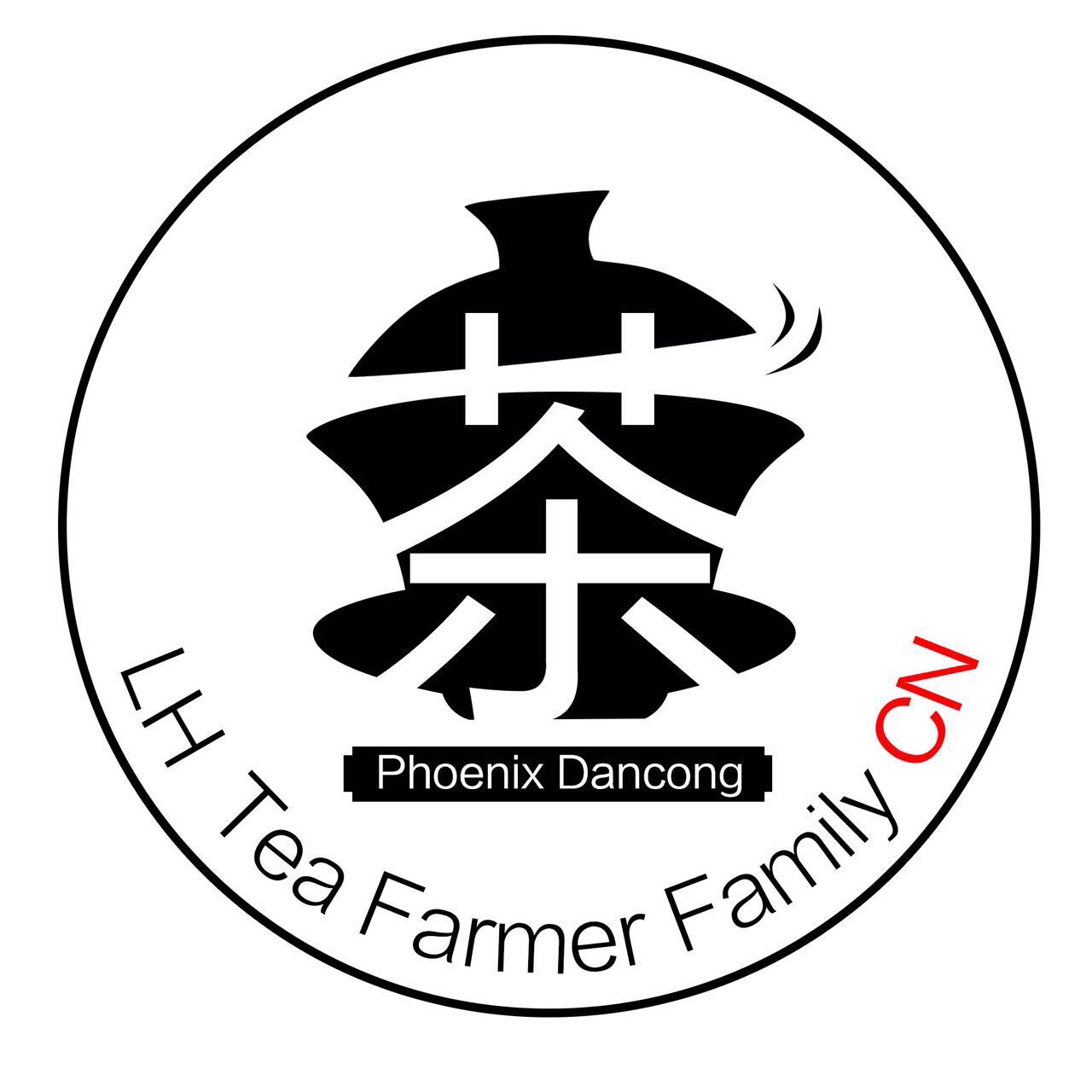
 USD
USD EUR
EUR GBP
GBP CAD
CAD AUD
AUD CHF
CHF HKD
HKD JPY
JPY RUB
RUB BRL
BRL CLP
CLP NOK
NOK DKK
DKK SEK
SEK KRW
KRW ILS
ILS MXN
MXN CNY
CNY SAR
SAR SGD
SGD NZD
NZD ARS
ARS INR
INR COP
COP AED
AED






